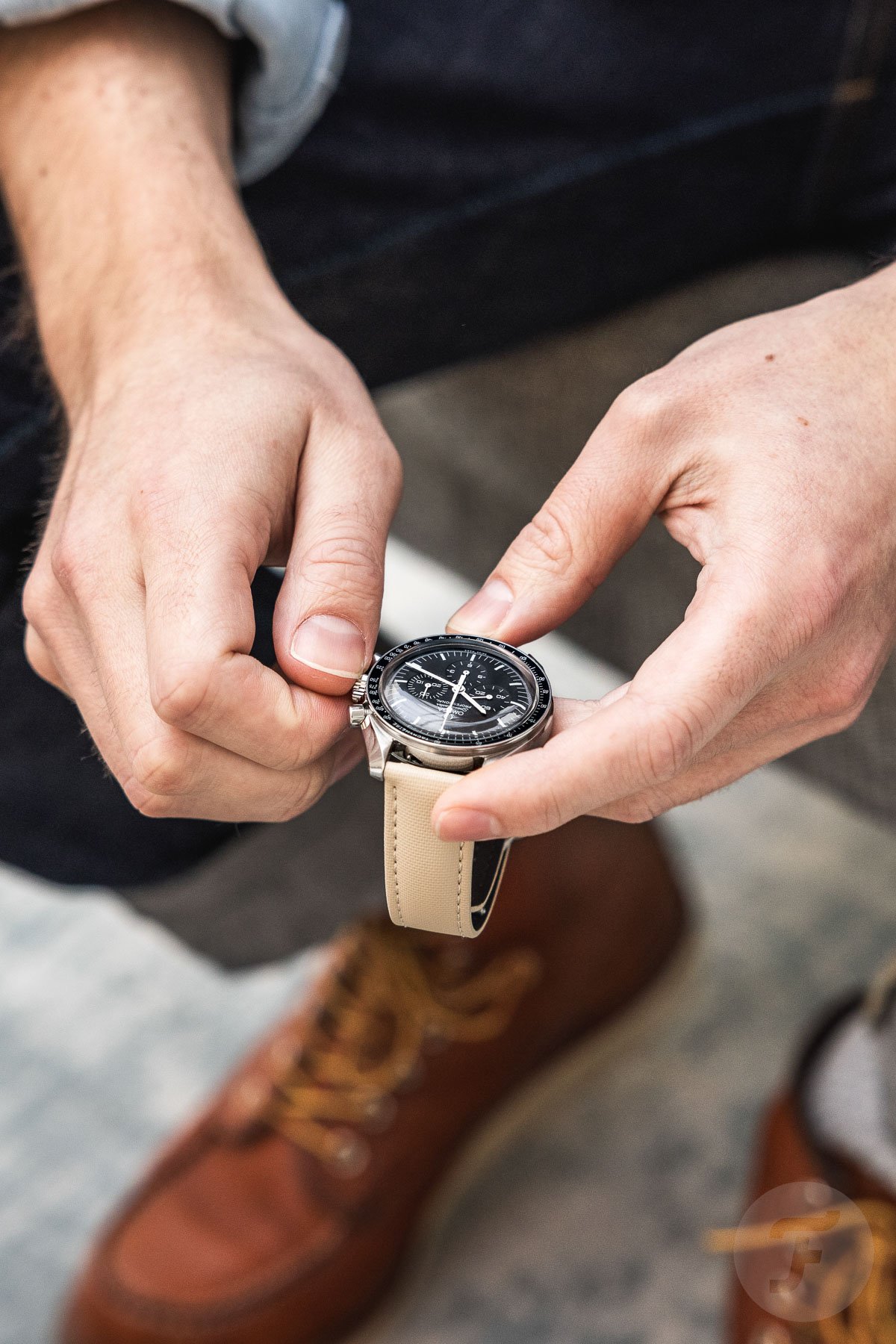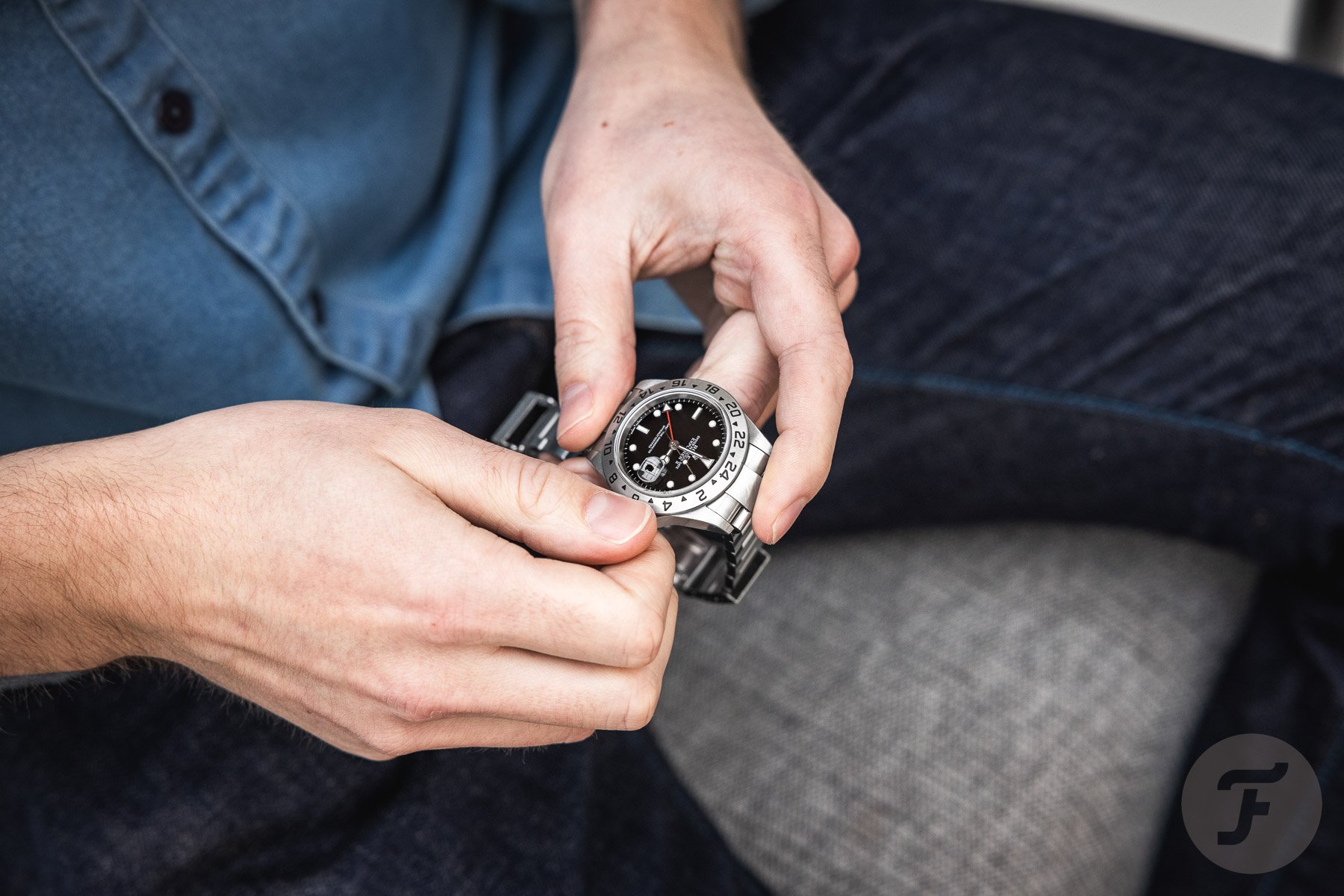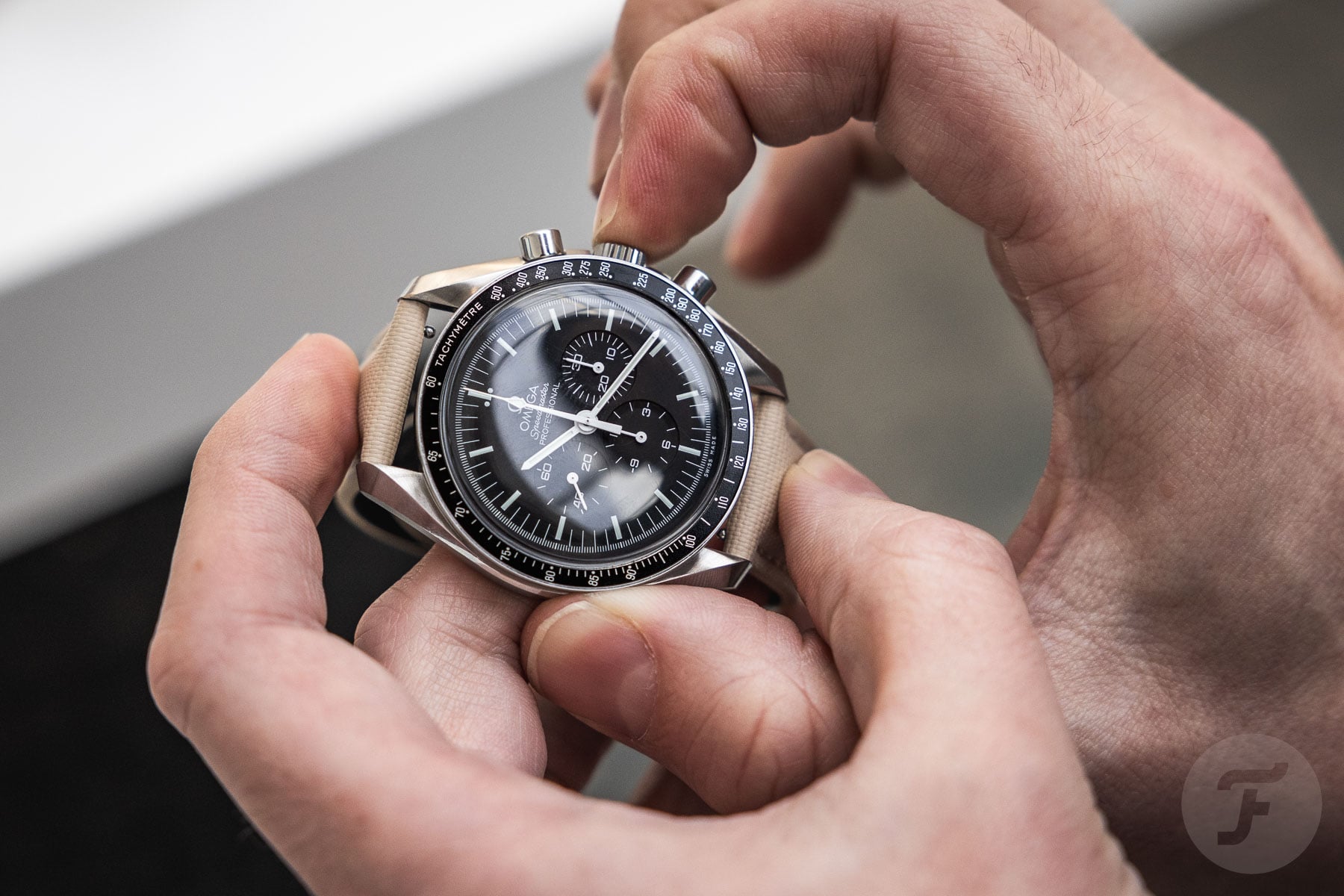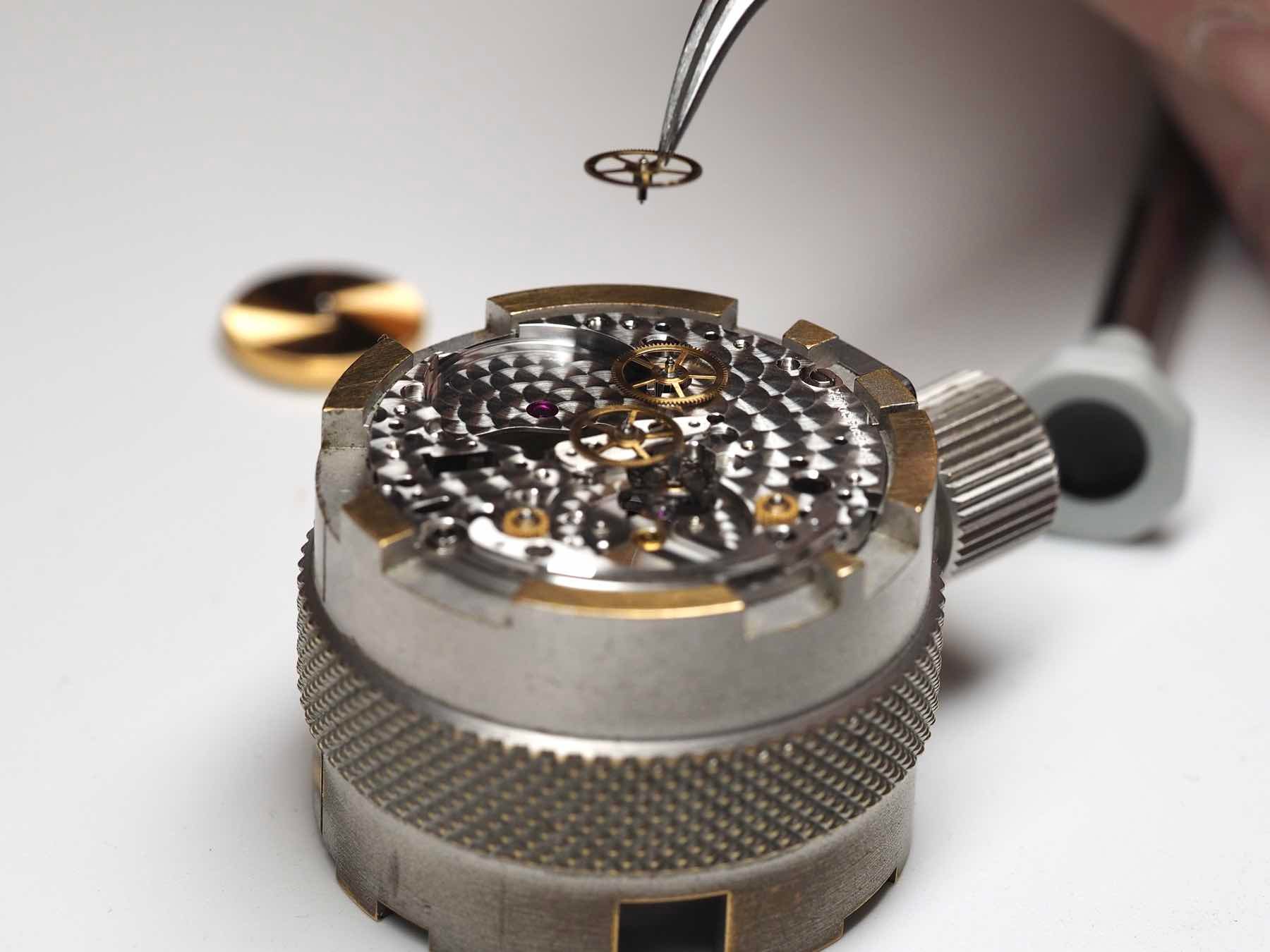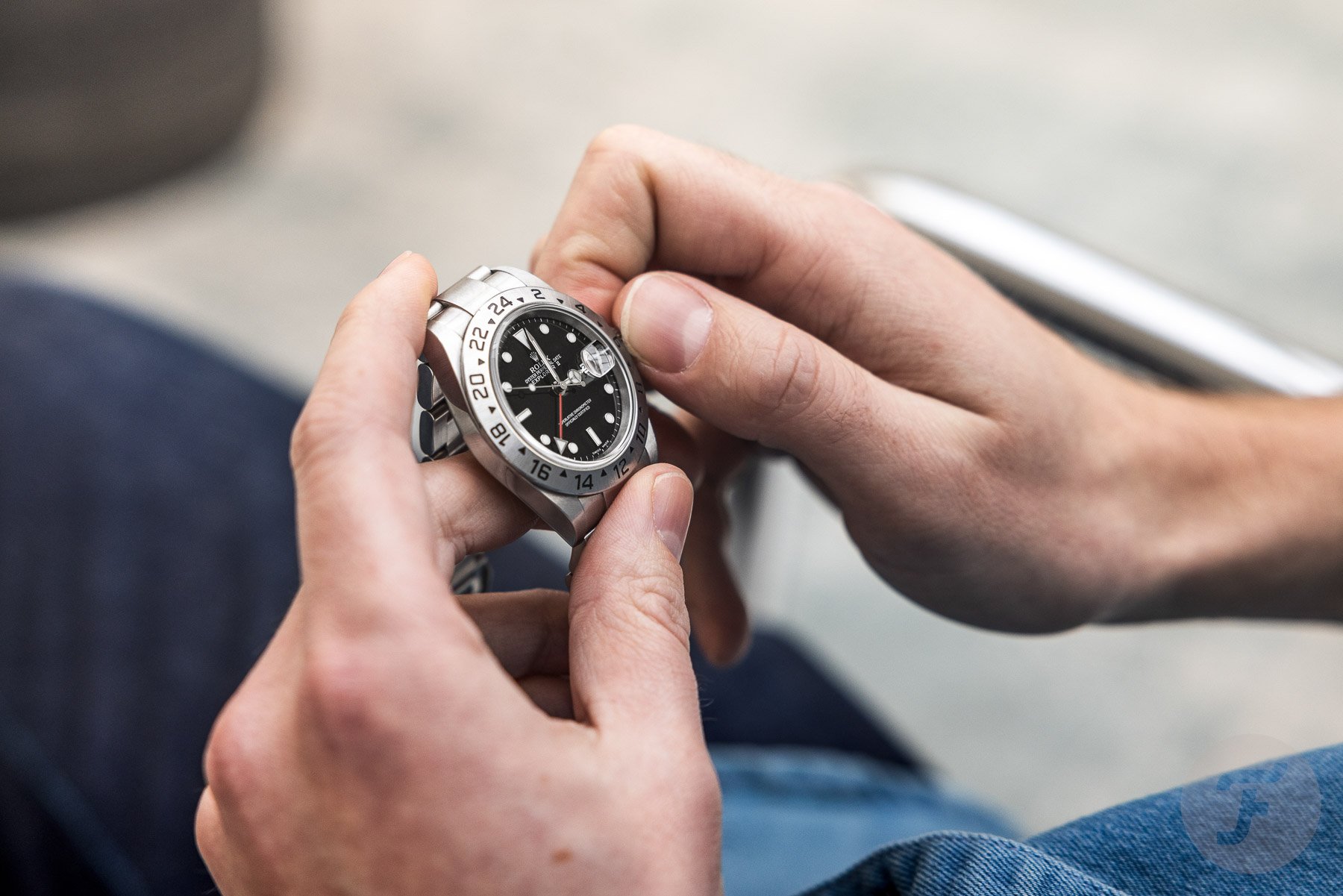Back To Basics: How To Treat A Mechanical Watch To Avoid Damage
In this installment of our Back To Basics series, we are truly going back to the fundamentals of the hobby. This time, we ask ourselves: how should you treat a mechanical watch to avoid damage? Again, this may be obvious if you are a seasoned watch enthusiast. But if you are new to the game, you may learn a thing or two that could save you some headaches and money.
The following is almost all heavily generalized. Many modern movements are protected from the issues described. Still, it is wise to accustom yourself to treating all watches this way. Better safe than sorry, as they say, since it’s easy to make a mistake while mindlessly adjusting your watch one fateful early Monday morning. Without further ado, let’s get into it!
Winding a mechanical watch — manual versus automatic
A watch is more accurate when it is operating with full torque from the mainspring. This means that a fully wound watch is more precise than a partially wound one. Therefore, you should always fully wind your hand-wound watch. This means you wind it until you feel you can go no further. Don’t force through that resistance, but equally, don’t stop shy of it either.
Here’s a little lesser-known tip: it’s best to wind a watch by turning the crown back and forth between your index finger and thumb. This way, the motion is always controlled. If you just turn the crown and then let go, there is a jarring little pull on the mechanism as it stops. That puts unnecessary strain on it. I don’t have any hard data on whether this causes significant wear, but there’s no harm in doing it the safe way.
Automatics are a little different. You can wind them as long as you wish since the mechanism has a clutch that prevents over-winding. So you don’t run into that resistance that you will find with a hand-wound watch. Manual winding, however, engages the wheels of the automatic works, which doesn’t happen on a hand-wound watch, of course. For a well-maintained movement, that doesn’t matter much. Still, for safety’s sake, it is smart to accustom yourself to only manually wind automatics to get them started and let the rotor take it from there.
Setting the time and date safely on a mechanical watch
The safest way to set the time and date on a mechanical watch is by going forward (clockwise) only. The vast majority of movements are fine going both ways, but again, it is about conditioning yourself to do it in the safest way possible. There are some different schools of thought regarding whether the counterclockwise setting of the time causes unnecessary wear. I have even heard conflicting advice from different watchmakers. It can certainly be harmful with complicated calendar watches. Either way, it’s better to be safe than sorry.
Equally, you should not adjust the date when the time is between 21:00 and 03:00. The date-changing wheels might already be engaged by then. Overruling them can, in the worst case, cause the teeth of those wheels to break off. You can just set the time to somewhere outside of this window and then set the date. The date, too, is best only set clockwise.
A word on crowns
When you’ve finished setting and winding your watch, always push the crown back in. If it is of the screw-down type, always screw it back in. Also, never operate the crown while the watch is on your wrist. You will exert lateral forces on the crown that could, worst case, bend the stem.
It may take a little while to get used to a screw-down crown. You have to simultaneously push in and turn away from yourself to catch the threading. Do this carefully, and don’t over-tighten the crown. If you ruin the threads, you could be looking at a costly repair job.
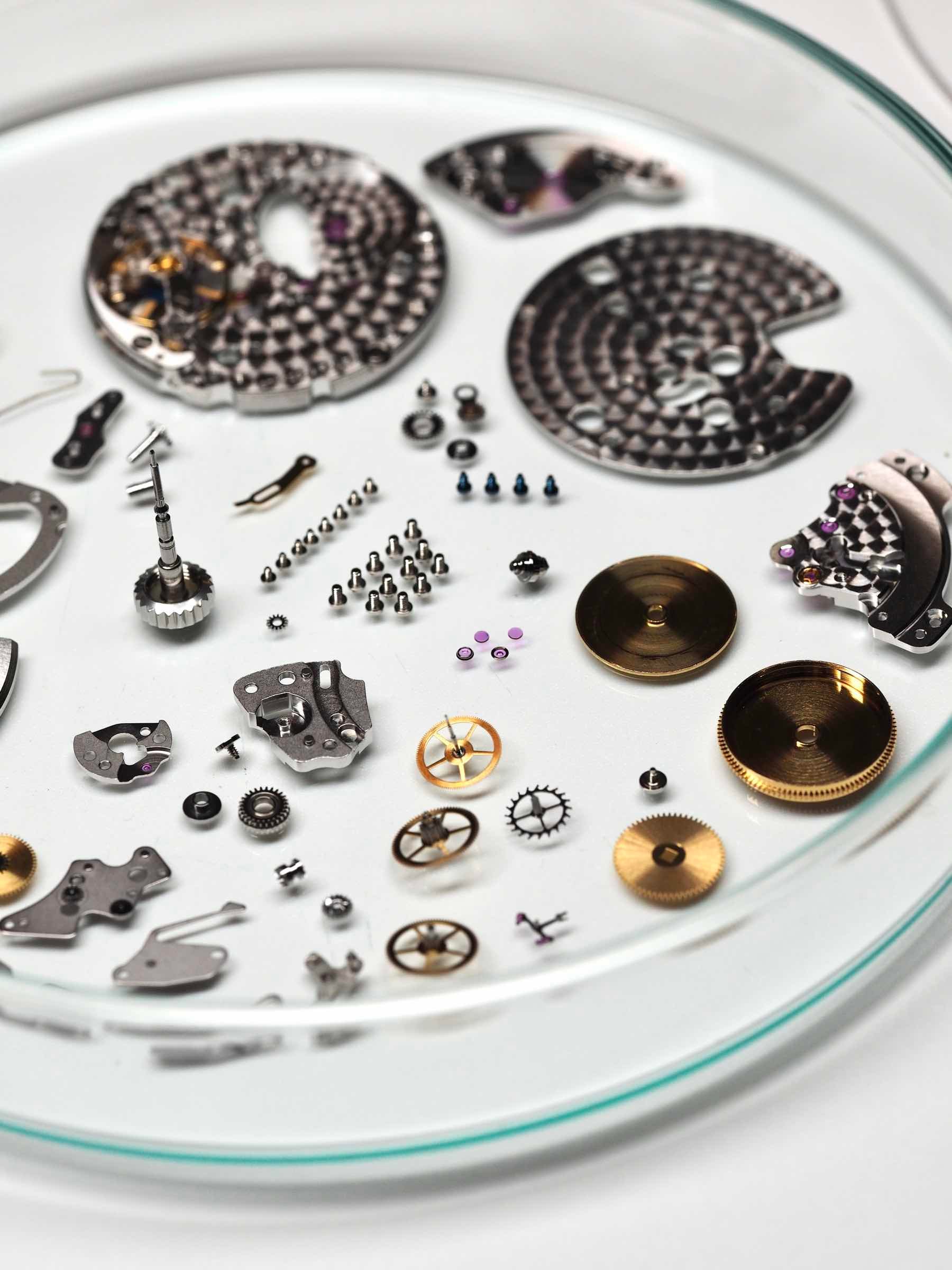
Image: Tempus
Servicing a mechanical watch
A mechanical watch needs regular servicing. I have written an extensive guide on the how and why of movement servicing before, so I will not get into that here. The one key thing to take into account is that a true full service by a proper watchmaker can cost hundreds of euros. As you will gather from the article about servicing, there is a reason for that. But it is certainly something that people often overlook when they get into mechanical watches.
Now, a €500 service on a €10,000 watch might feel sort of proportionate. The thing is, the majority of the costs of a service are in the labor, so servicing a €700 watch might still cost €350–500. And you may need to get it done every five to seven years. This is something to look into and make up your mind about upfront.
There are people who just never service their watches or wait until they stop running. That is, of course, up to you. Know that your watch will get less and less accurate and have a compromised power reserve as time goes by. Also, the service is likely to get significantly more expensive since the movement parts will wear down. The whole idea of regular servicing is to minimize friction and keep parts from developing significant wear.
Closing thoughts
Before you jump into the comments section to tell me, yes, I know that there are those among you who go against all the above and own watches that have performed perfectly for decades. I know that there are watches you can jump into the pool with while having the crown pulled out. Some watches have longer service intervals. And yes, there are many watches you can set counterclockwise just fine.
The thing is, this is aimed at newcomers who haven’t formed any habits just yet. If you are one of them, you might as well form the safest possible habits from the start. Once you know what you’re doing, you can always find your preferred ways of doing things. For now, I’d say the above is a surefire way to ensure you don’t break your freshly acquired mechanical watch.
With that said, feel free to chime in! What other useful tips can the well-initiated Fratelli among you share with newcomers to the hobby? What best practices in owning and maintaining a mechanical watch do you apply? Let us know in the comments below.

